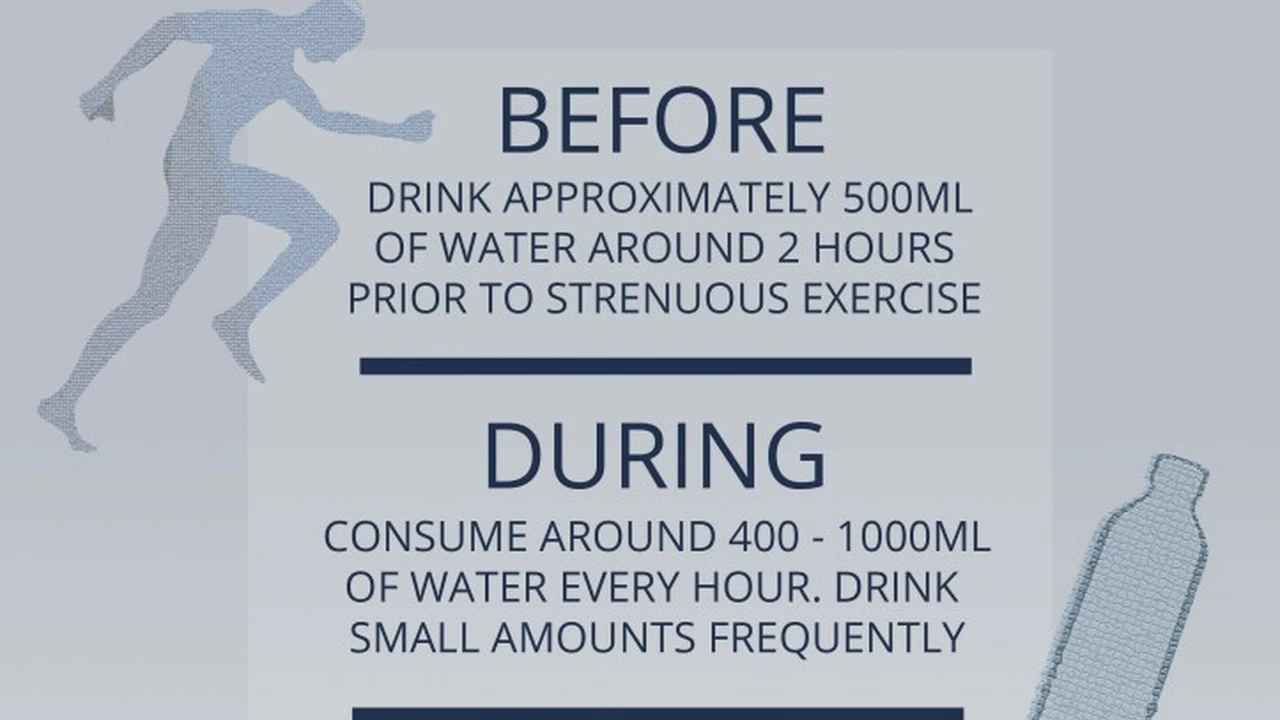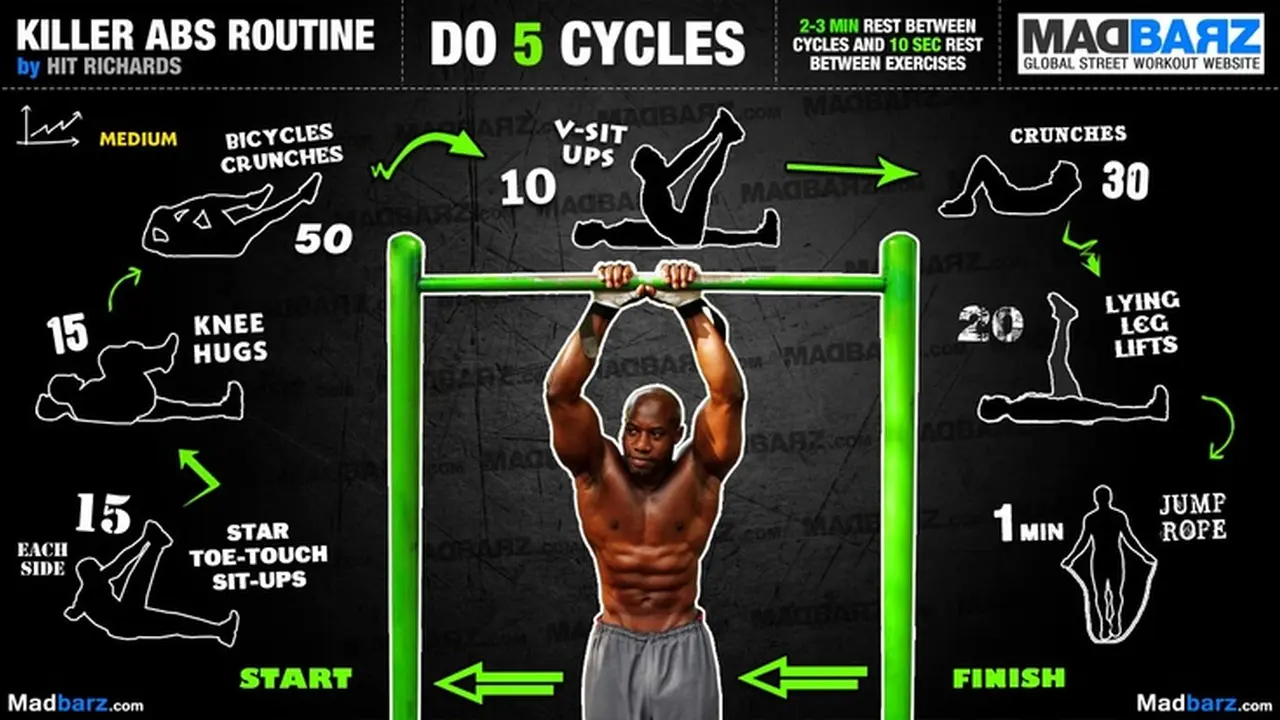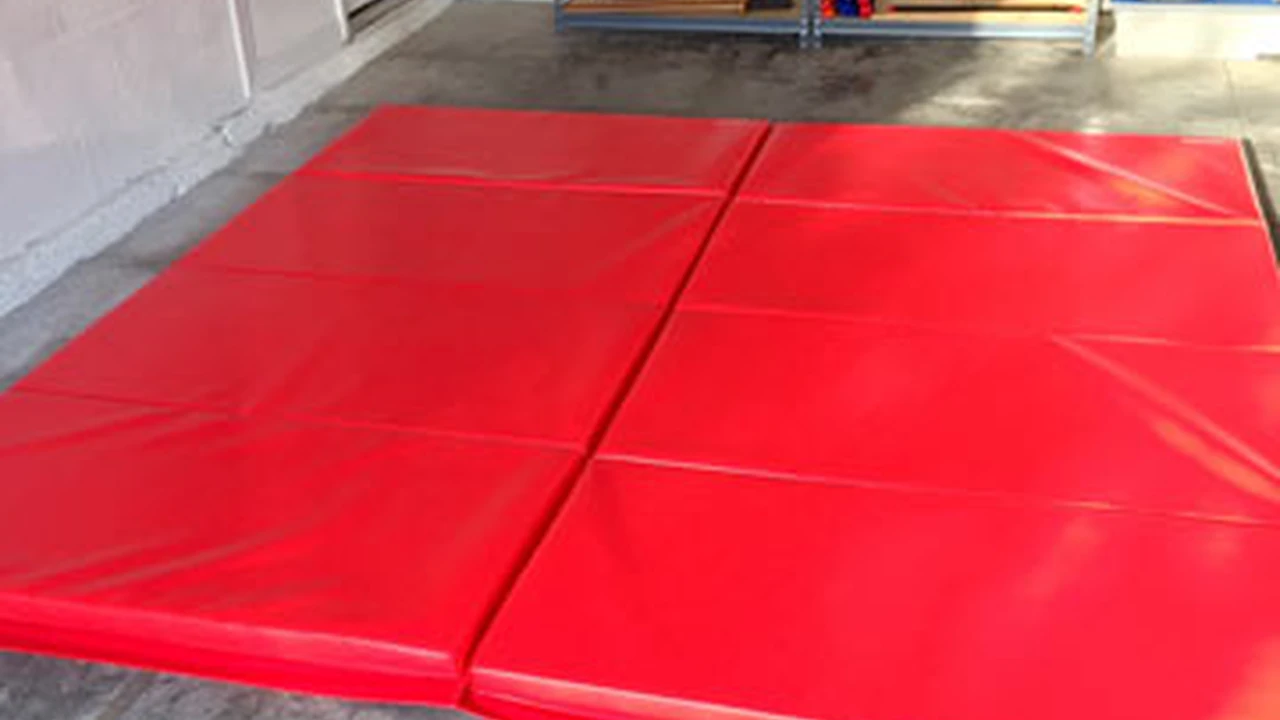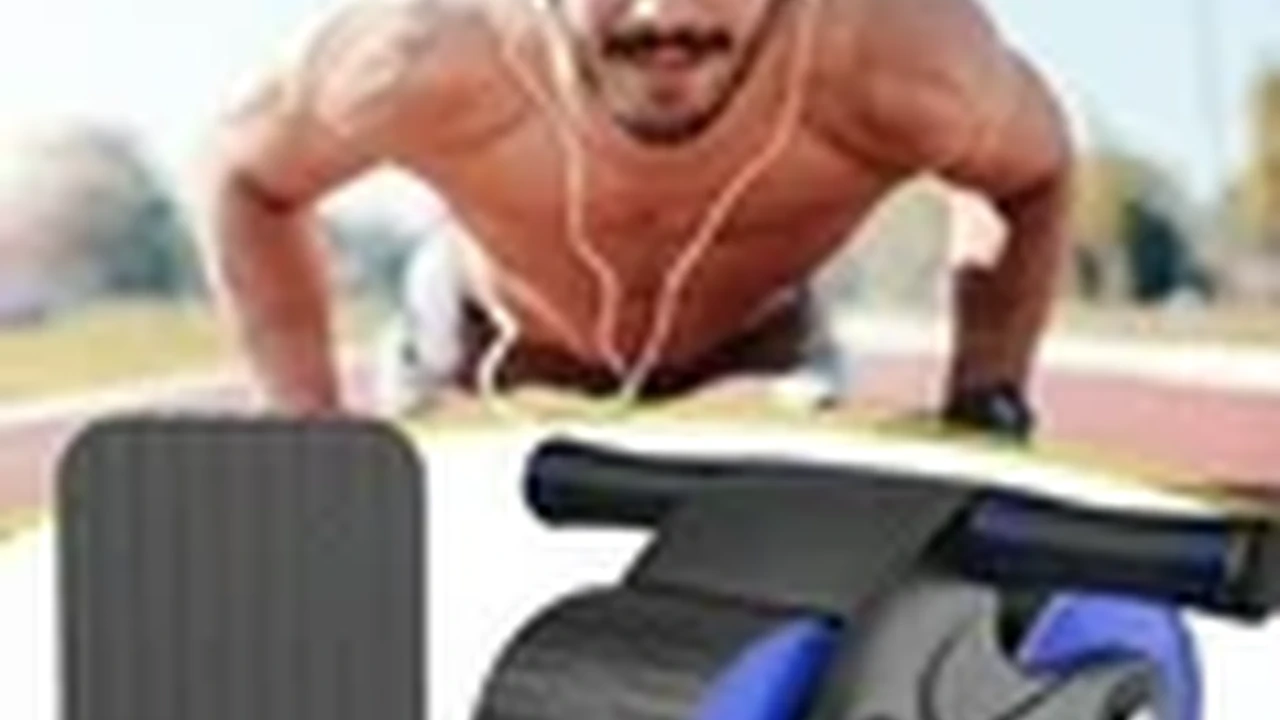HIIT Workouts for Street Workout_ Maximize Results
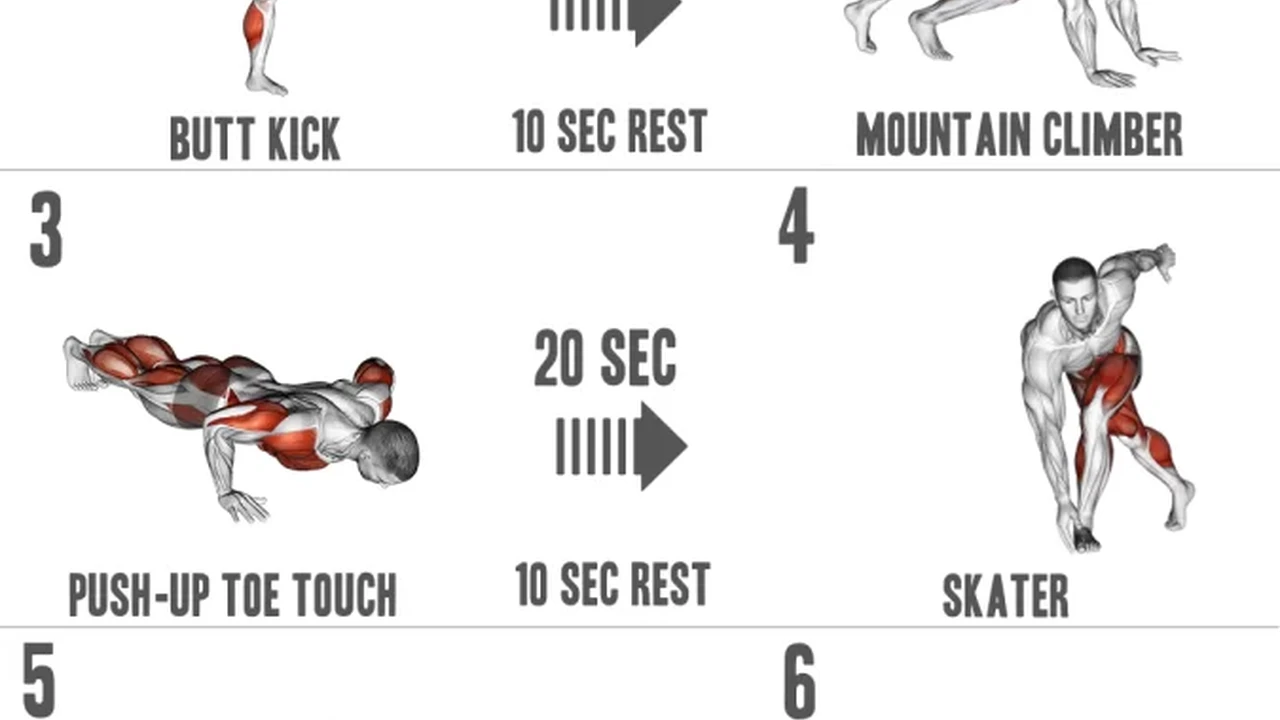
Understanding the Fundamentals of Street Workout Program Design
Before diving into the specifics, let's establish a solid foundation. What exactly constitutes an effective street workout program? It's more than just stringing together a bunch of exercises. It's a carefully crafted plan that considers your current fitness level, goals, available equipment (or lack thereof), and the principles of progressive overload.
Think of it like building a house. You wouldn't start putting up walls without a blueprint, would you? The same applies here. A well-designed program is your blueprint for achieving your street workout aspirations. It guides you, keeps you accountable, and ensures you're making consistent progress.
So, what are the key elements to consider? First, **goal setting** is crucial. Are you aiming for increased strength, improved endurance, enhanced flexibility, or a combination of these? Your goals will dictate the types of exercises you include and the intensity at which you perform them. For example, someone aiming for strength gains will focus on lower rep ranges with more challenging exercises, while someone prioritizing endurance will opt for higher reps with slightly less demanding movements.
Next, consider your **current fitness level**. This is where honesty is key. Don't try to jump into advanced exercises before you've mastered the basics. This can lead to injury and frustration. Start where you are and gradually progress as you get stronger and more comfortable. If you're a complete beginner, focus on bodyweight exercises like push-ups, pull-ups (assisted if needed), squats, and planks. As you progress, you can introduce more challenging variations and weighted exercises.
Finally, remember the principle of **progressive overload**. This simply means gradually increasing the demands on your body over time. This could involve adding more reps, sets, or exercises, increasing the weight you're lifting, or decreasing the rest time between sets. Without progressive overload, your body will adapt to the current workload, and you'll plateau.
The Importance of Proper Warm-up and Cool-down Routines for Street Workout
Don't underestimate the power of a good warm-up and cool-down. They're not just optional extras; they're essential components of any effective street workout program. A proper warm-up prepares your body for the upcoming workout by increasing blood flow to your muscles, improving joint mobility, and activating your nervous system. This reduces the risk of injury and enhances performance.
A cool-down, on the other hand, helps your body recover after the workout by gradually lowering your heart rate and blood pressure, reducing muscle soreness, and promoting flexibility. It's a chance for your body to transition back to a resting state and repair any damage that may have occurred during the workout.
A good warm-up should include both dynamic stretching and cardiovascular exercises. Dynamic stretching involves controlled movements that take your joints through their full range of motion, such as arm circles, leg swings, and torso twists. Cardiovascular exercises like light jogging or jumping jacks will increase your heart rate and get your blood flowing.
Your cool-down should consist primarily of static stretching, which involves holding a stretch for 20-30 seconds. Focus on stretching the muscles you used during the workout, such as your chest, back, shoulders, legs, and core.
Ignoring warm-up and cool-down routines is like driving a car without warming up the engine. You might get away with it for a while, but eventually, you're going to run into problems. Invest the time and effort into these routines, and your body will thank you for it.
Selecting the Right Street Workout Exercises for Your Fitness Goals
Choosing the right exercises is crucial for achieving your fitness goals. Not all exercises are created equal, and some are better suited for certain goals than others. For example, if your goal is to increase strength, you'll want to focus on compound exercises that work multiple muscle groups simultaneously, such as pull-ups, push-ups, dips, and squats.
If your goal is to improve endurance, you'll want to incorporate more high-rep exercises and cardiovascular training. This could involve performing bodyweight exercises for longer periods of time or incorporating activities like running, cycling, or swimming into your routine.
If your goal is to enhance flexibility, you'll want to prioritize stretching and mobility exercises. This could involve incorporating yoga, Pilates, or simply spending more time stretching after your workouts.
Here's a breakdown of some popular street workout exercises and their benefits:
* **Pull-ups:** Excellent for building upper body strength, particularly in the back, biceps, and forearms. * **Push-ups:** A versatile exercise that works the chest, shoulders, triceps, and core. * **Dips:** Effective for building strength in the chest, shoulders, and triceps. * **Squats:** A fundamental exercise for building lower body strength, particularly in the quads, hamstrings, and glutes. * **Planks:** A great exercise for strengthening the core muscles. * **Muscle-ups:** A challenging exercise that combines a pull-up and a dip, requiring significant upper body strength and coordination. * **Handstands:** A challenging exercise that improves balance, coordination, and upper body strength.When selecting exercises, consider your current fitness level and any limitations you may have. Don't be afraid to modify exercises to make them easier or harder as needed. The key is to find exercises that you enjoy and that challenge you without causing pain or injury.
Progressive Overload Techniques for Continuous Improvement in Street Workout
As mentioned earlier, progressive overload is essential for continuous improvement. Without it, your body will adapt to the current workload, and you'll plateau. There are several ways to implement progressive overload in your street workout program.
* **Increasing reps:** Adding more repetitions to each set is a simple and effective way to increase the workload. * **Increasing sets:** Adding more sets to each exercise is another way to increase the overall volume of your workout. * **Increasing weight:** If you're using weights, gradually increasing the weight you're lifting is a classic way to implement progressive overload. This can be done by adding weight plates to a weight vest or using resistance bands. * **Decreasing rest time:** Reducing the rest time between sets forces your body to work harder and improves your cardiovascular fitness. * **Increasing exercise difficulty:** Progressing to more challenging variations of an exercise is a great way to increase the workload. For example, you could progress from regular push-ups to decline push-ups or from assisted pull-ups to unassisted pull-ups. * **Increasing workout frequency:** Adding an extra workout day to your week can increase the overall workload and promote faster progress. * **Manipulating tempo:** Slowing down the eccentric (lowering) phase of an exercise increases the time under tension, which can lead to greater muscle growth.The key is to choose a method of progressive overload that suits your goals and preferences. Experiment with different techniques to see what works best for you. Just remember to gradually increase the workload over time and listen to your body.
Nutrition and Recovery Strategies to Optimize Street Workout Performance
Training is only one piece of the puzzle. Nutrition and recovery are equally important for optimizing street workout performance. What you eat and how you recover will significantly impact your strength, endurance, and overall health.
**Nutrition:** A balanced diet that includes plenty of protein, carbohydrates, and healthy fats is essential for fueling your workouts and supporting muscle growth and repair. Protein is crucial for building and repairing muscle tissue, so aim to consume at least 0.8 grams of protein per pound of body weight per day. Carbohydrates provide your body with energy, so choose complex carbohydrates like whole grains, fruits, and vegetables over simple sugars. Healthy fats are important for hormone production and overall health, so include sources like avocados, nuts, seeds, and olive oil in your diet.
**Recovery:** Adequate rest and sleep are crucial for allowing your body to recover from workouts. Aim for at least 7-8 hours of sleep per night. You can also incorporate other recovery strategies into your routine, such as active recovery (light exercise like walking or stretching), foam rolling, and massage.
Hydration is also important for recovery. Drink plenty of water throughout the day, especially before, during, and after workouts. Dehydration can impair performance and increase the risk of injury.
Consider supplementing your diet with creatine monohydrate. It's a well-researched supplement that can improve strength and power output, especially during high-intensity exercises like street workout. A typical dosage is 3-5 grams per day. I recommend using **Optimum Nutrition Micronized Creatine Powder**. It's affordable, mixes easily, and is widely available. You can find it on Amazon for around $20 for a 600g container. One container will last you about 4-6 months depending on dosage. You simply mix it with water or your protein shake. A competitor, **MuscleTech Cell-Tech**, includes added carbohydrates, which might be beneficial for some but are unnecessary for most and increase the price. Cell-Tech often costs twice as much as Optimum Nutrition for a similar amount of creatine. For example, a 3lb tub of Cell-Tech might cost $40. The micronized form of creatine in Optimum Nutrition is easier to absorb than older forms, so you get more bang for your buck. Optimum Nutrition focuses on the core ingredient, creatine, while MuscleTech adds extras that inflate the price without significant benefit for the average street workout enthusiast.
Prioritizing nutrition and recovery will not only improve your street workout performance but also enhance your overall health and well-being.
Common Mistakes to Avoid in Street Workout Program Design and Execution
Even with the best intentions, it's easy to make mistakes when designing and executing a street workout program. Here are some common pitfalls to avoid:
* **Overtraining:** Doing too much too soon can lead to overtraining, which can result in fatigue, injury, and decreased performance. Listen to your body and take rest days when needed. * **Ignoring proper form:** Sacrificing form for reps or weight increases the risk of injury. Focus on maintaining proper form throughout each exercise. * **Neglecting warm-up and cool-down:** As mentioned earlier, warm-up and cool-down routines are essential for preventing injury and promoting recovery. * **Not setting realistic goals:** Setting unrealistic goals can lead to discouragement and burnout. Set achievable goals and gradually progress over time. * **Not tracking progress:** Tracking your progress allows you to see how far you've come and identify areas where you need to improve. Keep a workout journal or use a fitness tracking app to monitor your progress. * **Not varying your routine:** Doing the same exercises day after day can lead to plateaus and boredom. Vary your routine by incorporating new exercises, changing the rep ranges, or trying different training methods. * **Ignoring pain:** Pain is a signal that something is wrong. Don't ignore pain; address it promptly by resting, icing, or seeking medical attention.By avoiding these common mistakes, you can maximize your results and minimize your risk of injury.
Designing a Sample 12-Week Street Workout Program for Beginners
To put everything we've discussed into practice, let's design a sample 12-week street workout program for beginners. This program is designed to gradually increase your strength, endurance, and overall fitness level.
**Weeks 1-4: Foundation Phase**
* **Frequency:** 3 workouts per week (Monday, Wednesday, Friday) * **Warm-up:** 5 minutes of light cardio (e.g., jogging in place, jumping jacks) followed by dynamic stretching (e.g., arm circles, leg swings, torso twists). * **Workout:** * Push-ups: 3 sets of as many reps as possible (AMRAP) * Assisted pull-ups (using a resistance band or a low bar): 3 sets of AMRAP * Squats: 3 sets of 15-20 reps * Plank: 3 sets, hold for 30-60 seconds * Crunches: 3 sets of 15-20 reps * **Cool-down:** 5 minutes of static stretching (e.g., hamstring stretch, quad stretch, chest stretch).**Weeks 5-8: Strength Phase**
* **Frequency:** 3 workouts per week (Monday, Wednesday, Friday) * **Warm-up:** Same as weeks 1-4. * **Workout:** * Push-ups: 3 sets of 8-12 reps * Pull-ups (unassisted if possible, otherwise continue with assisted): 3 sets of 8-12 reps * Squats: 3 sets of 12-15 reps * Dips (using parallel bars or a sturdy chair): 3 sets of 8-12 reps * Plank: 3 sets, hold for 60-90 seconds * Russian twists: 3 sets of 15-20 reps per side * **Cool-down:** Same as weeks 1-4.**Weeks 9-12: Power Phase**
* **Frequency:** 3 workouts per week (Monday, Wednesday, Friday) * **Warm-up:** Same as weeks 1-4. * **Workout:** * Explosive push-ups (push up with enough force to lift your hands off the ground): 3 sets of 6-8 reps * Pull-ups: 3 sets of 6-8 reps * Jump squats: 3 sets of 10-12 reps * Dips: 3 sets of 6-8 reps * Plank: 3 sets, hold for 90-120 seconds * Leg raises: 3 sets of 15-20 reps * **Cool-down:** Same as weeks 1-4.This is just a sample program, so feel free to adjust it based on your individual needs and goals. Remember to listen to your body and take rest days when needed. Also, make sure to consult with a healthcare professional before starting any new exercise program.
Street workout is more than just exercise; it's a lifestyle. Embrace the challenge, enjoy the process, and watch yourself transform.
:max_bytes(150000):strip_icc()/277019-baked-pork-chops-with-cream-of-mushroom-soup-DDMFS-beauty-4x3-BG-7505-5762b731cf30447d9cbbbbbf387beafa.jpg)



